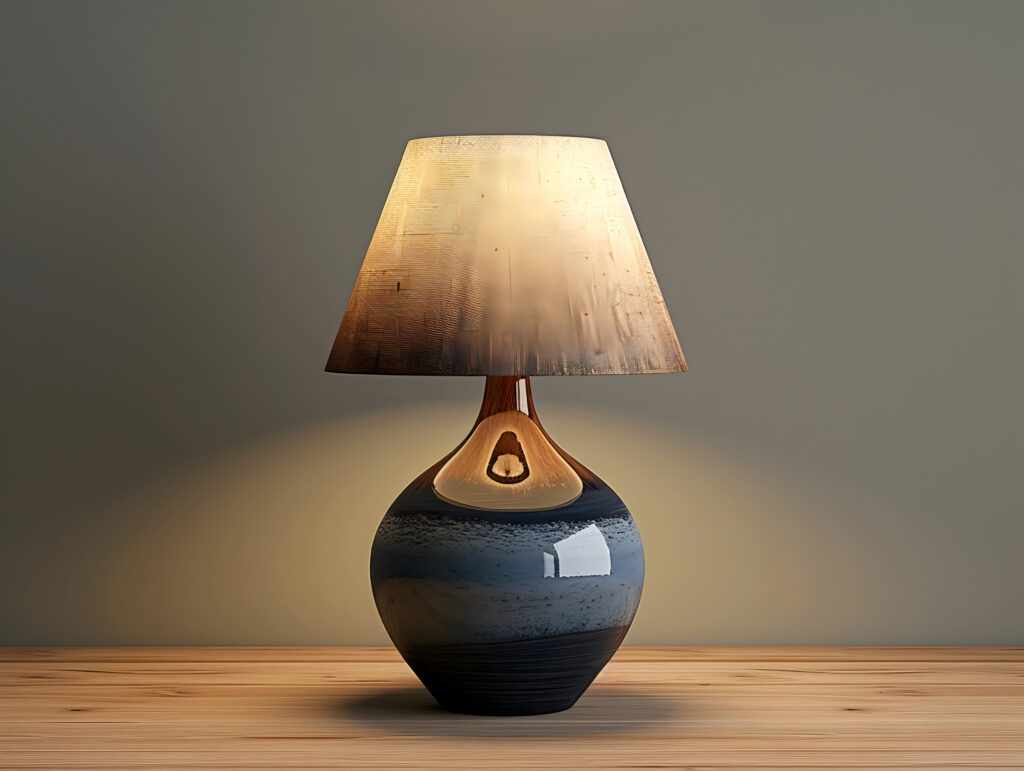
The process of hardness testing specifies the hardness of a substance. It enables empirically testing material properties. These properties are strength, resistance to corrosion, and flexibility. We need the operator’s skill with the substance to assess these elements.
It is vital to classify these elements to check the material’s suitability for use. This article goes into depth about the main kinds of hardness testers.
What Are Hardness Testers?
The design of hardness testers is complex. However, their operation, concept, and application are straightforward.
We use an applied force to determine the hardness of a substance. It evaluates its resistance to persistent deformation.
Different types of hardness testers accomplish this in a variety of ways. Some set a connection between the kind and depth of the impression made in the substance and a pre-set force. It is exerted on its surface for a given length of time.
There are other ways to measure the properties of a material. One way is by measuring how much the material resists a force from spring. Another way is by measuring the speed of an object bouncing off the material’s surface.
How Does Hardness Testing Work?
To determine the hardness of a substance, press a standardized, rigid instrument into the substance under inspection. An indenter instrument pushes into the sample using a set force and time. The indenter causes a defined volume of surface deformation when it presses into the material. We utilize the deformation measurement to determine the material’s hardness value based on the specific test scale.
Types of Hardness Testers
Webster Hardness Testers:
The United States developed the Webster technique for determining hardness. Small handheld devices use it, where a spring-loaded handle applies force. You can get the hardness result from the indicator using Webster testers, which are easy and fast.
It is employed for quality inspections conducted on-site. It can analyze mild steel, brass, copper, and aluminum alloys. So, its principal function is to gauge sheet material.
Rockwell Hardness Testers:
Rockwell hardness testers are the most utilized among all varieties of hardness testers. The Rockwell method employs specific plastics and all metals (refer to Rockwell scales below), providing a rapid and precise hardness measurement.
The Rockwell method’s extensive spectrum of scales (30) makes it applicable to many applications. However, despite its adaptability, it proves impractical in the context of smaller objects and needs the use of alternative hardness evaluators.
Brinell Hardness Testers:
It continues to be employed in various hardness testers as the earliest method. It yields the most precise measurements when applied to coarse surface structure materials. These are castings and forgings, which determine their thickness.
Macro hardness testers are known as Brinell testers. They are more appropriate for quantifying denser substances whose surface penetration requires more significant force.
An indentation hardness test is the Brinell hardness test. A firm spherical object, measuring around 10mm in diameter, is employed. A prescribed duration of time is elapsed while the ball is pressed against the material’s surface by an applied force. Three thousand kilograms is the typical value for this duration in a test.
The diameter of the resulting surface indentation is measured twice at perpendicular angles.
Vickers Hardness Testers:
Microhardness testers refer to Vickers hardness testers. These are varieties of hardness testers characterized by their broad scale. It allows for the measurement of delicate metals and thin materials like foil. This is due to their low forces and superficial indentation. Additionally, they are utilized to quantify minute components or sections of larger specimens.
A load is applied to the test material via a diamond-shaped indenter to conduct the Vickers measure. Apply the distances between the horizontal and vertical locations of the resultant indentation. The Vickers measurement and indentation size are computed. These horizontal or vertical distances must be within 5% of one another. In general, the material becomes firmer as the indentation decreases in size.
Shore Hardness Testers:
The hardness of rubbers and plastics is checked using shore hardness instruments. Shore hardness varieties are further classified into two subcategories: A and D.
A spring-loaded steel rod featuring a cone at its apex powers the Shore hardness instrument. The test sample is positioned beneath the beveled cone in a straight line. Once the flat metal plate at the bottom of the hardness tester is parallel to the elastomer sample, it is pressed against the material.
Ready to elevate your skills? Discover the top heating and plumbing tools every professional should have in their toolkit. Enhance your expertise and tackle projects with confidence using the right tools for the job.
Conclusion
We discussed the fundamental varieties of hardness testers in this article. The paramount consideration is the hardness scale suited to the material at hand. Rockwell hardness testers are utilized for denser materials, such as metals. Brinell is most suitable for forgings and castings with a coarse surface structure.
Shore hardness may be a suitable choice for plastics or rubbers. Webster testers are utilized to determine the hardness of sheet material. Vickers can measure tiny parts or small sections of larger samples.

The To Tech Award 2024: The City That Produces the Revolutionaries of Tech

The Financial Side of Moving: Budgeting and Saving Tips

Making Memories: International Rakhi Celebrations and Traditions

Pre-Requisites Before Applying for an Instant Personal Loan

Embrace the Magic of Turkey: An Unforgettable Visit

The Top 12 Advantages of Using a Professional, Trained Carpet Cleaner in Plymouth

Brighten Up Your Decor: A Comprehensive Look at Accent Table Lamps

7 Common Signs of a Bad Circuit Breaker








